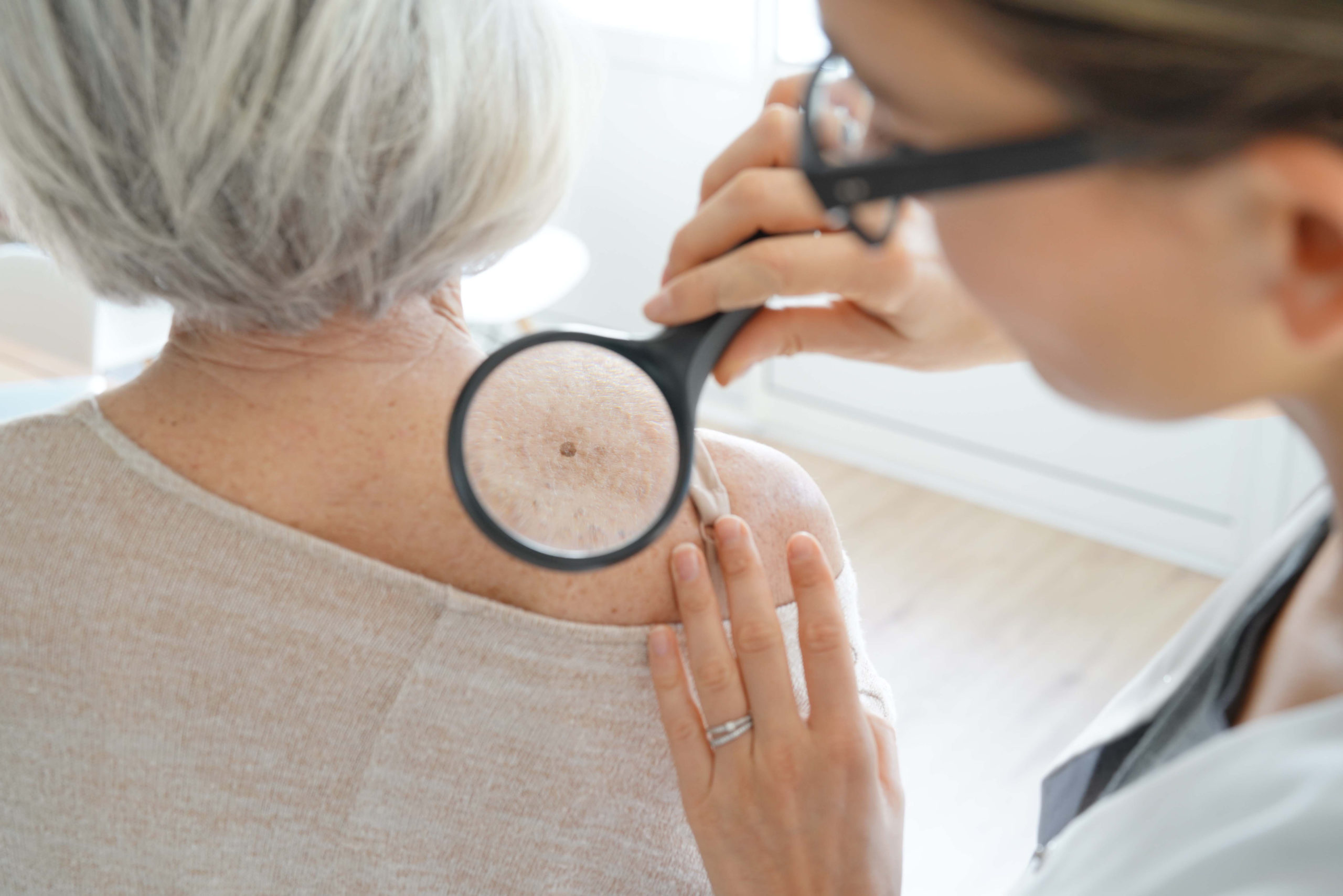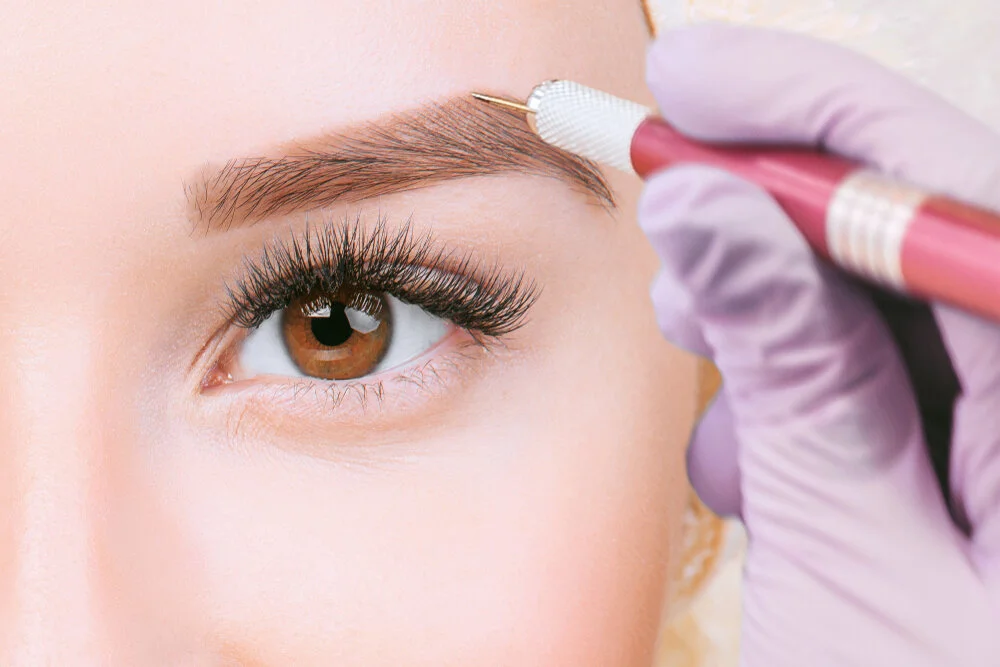
Hyperhidrosis is a medical condition characterized by excessive sweating that is not necessarily related to heat or exercise. This condition can affect various parts of the body, including the hands, feet, underarms, and face, and may interfere with daily activities. Here is more information on several available treatment avenues for managing hyperhidrosis:
Topical Treatments
Topical agents are often the initial approach for managing hyperhidrosis due to their direct application to the affected areas. The most common topical treatments are over-the-counter (OTC) and prescription-strength antiperspirants. These products work by blocking the sweat ducts, which reduces the amount of sweat that reaches the skin’s surface.
The active ingredient in most antiperspirants is a metallic salt, typically an aluminum-based compound like aluminum chloride. OTC antiperspirants contain a lower concentration of aluminum compounds and are suitable for mild cases of hyperhidrosis. For more persistent sweating, a healthcare provider may recommend a prescription-strength antiperspirant.
These formulations contain a higher concentration of aluminum chloride, making them more effective at plugging the sweat ducts. They are usually applied to dry skin before bedtime to maximize their effect, as the glands are less active at night. This allows the product to form deeper plugs in the sweat ducts. Some individuals may experience skin irritation or a stinging sensation as a side effect. Using the product as directed and applying a moisturizer can help manage these effects.
Oral Medications
When topical treatments do not provide sufficient relief, oral medications may be an option. These medications, known as systemic treatments, work throughout the body to reduce sweating. The most commonly prescribed class of drugs for hyperhidrosis is anticholinergics. These medications function by blocking the chemical messenger acetylcholine, which stimulates the sweat glands.
Glycopyrrolate and oxybutynin are two examples of anticholinergic medications used for hyperhidrosis. While effective for some individuals in reducing sweating, these drugs can have side effects. Common side effects include dry mouth, dry eyes, blurred vision, and urinary retention. The dosage is typically started low and gradually increased to find a balance between effectiveness and manageable side effects.
Beta-blockers or benzodiazepines may also be used in specific situations, particularly for sweating triggered by anxiety or stress. These medications do not directly target the sweat glands but can help manage the physiological response to stressful situations. A medical professional can determine the appropriate medication and dosage based on an individual’s specific condition and health profile.
Medical Procedures
For individuals with severe hyperhidrosis that does not respond to topical or oral treatments, several medical procedures are available. These interventions offer longer-lasting results by targeting the sweat glands or the nerves that control them. There are several options, depending on your specific case.
One such procedure is botulinum toxin injections, commonly called Botox. This treatment involves injecting small amounts of purified botulinum toxin into the skin of the affected areas, such as the underarms, hands, or feet. The toxin works by temporarily blocking the nerves that stimulate sweat production. The effects typically last for several months, and repeat treatments are necessary to maintain the results.
Another option is iontophoresis, a procedure primarily used for sweaty hands and feet. This treatment involves immersing the hands or feet in a tray of water while a low-level electrical current is passed through it. The process is thought to block sweat from reaching the skin’s surface.
Get Treatment for Hyperhidrosis
Managing hyperhidrosis involves a range of treatment options tailored to the individual’s needs and the severity of the condition. Treatment options range from topical treatments to surgical procedures. A consultation with a healthcare professional can help determine the most suitable treatment path for managing excessive sweating.




